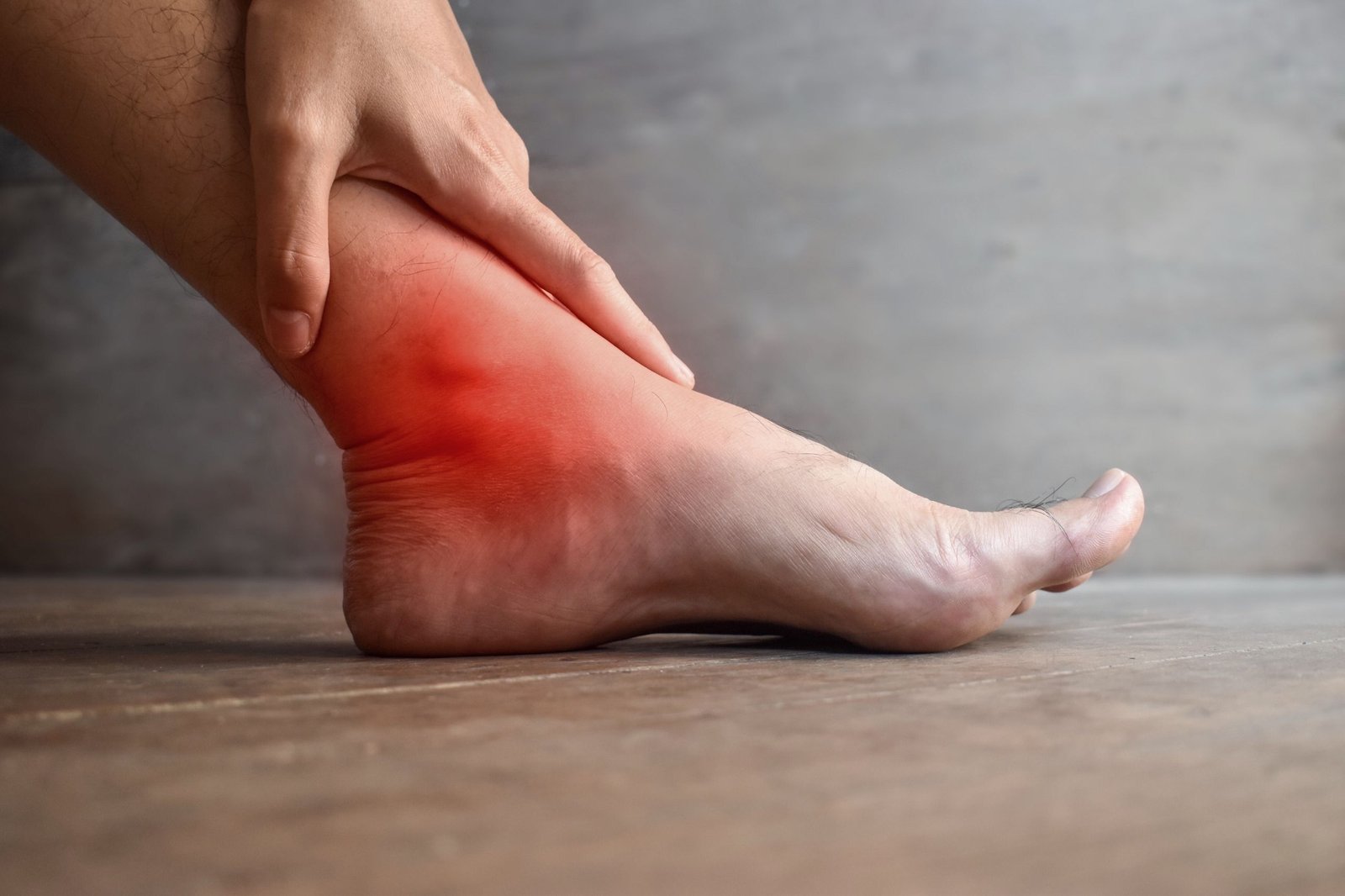
Brief Description
An ankle sprain occurs when the ligaments surrounding the ankle are stretched or torn, leading to pain, swelling, and limited movement. Symptoms often include tenderness, bruising, and difficulty bearing weight on the affected foot. In more severe cases, the ankle may feel unstable or give way when walking.
Ankle sprains are commonly caused by sudden twisting or rolling of the foot, often during physical activity or sports. Improper footwear, uneven surfaces, or weak ankle muscles can increase the likelihood of injury. Early treatment and proper care are crucial to avoid long-term instability or chronic pain.
Common Misconceptions
TCM Diagnosis
Typical Tongue
Typical Pulse
Generally, acute sprains do not respond to pulse
TCM Pathogenesis
After ruling out the possibility of fracture, ankle sprains are mainly related to the tendons in traditional Chinese medicine, which are the muscles, tendons, and ligaments in Western medicine anatomy.
TCM Treatment
General Principle
The treatment of ankle sprains in TCM considers three main factors. First, tendon injury: through diagnosis and palpation, the injured meridians corresponding to the injured area are identified, and acupuncture is used to restore balance, helping the tendons realign. Second, bone misalignment: in most cases, once the tendons are realigned, the bones naturally return to their proper position. If not, gentle manipulation techniques can be used to correct the alignment. Third, local swelling and blood stasis can be treated with localised bloodletting therapy. In the later stages of recovery, after the stasis clears, applying blood-activating oils with gentle massage helps promote healing.
Unique Therapies We Apply
Treatment Plan
Precaution
Summary
The effectiveness of acupuncture in treating ankle sprains is well-recognized. However, due to the complexity of the foot’s many bones and tendons, treating an ankle sprain is not always straightforward. In more complicated cases, the intricate relationship between tendons and bones makes the condition harder to treat. If treatment is delayed or improperly administered, the sprain may appear to heal but can develop into a chronic injury that is prone to reoccurrence. This is why I emphasize the importance of timely and accurate treatment to prevent long-term issues.

The Traditional Chinese Medicine treatment approaches outlined above are derived from my clinical experience, and I acknowledge there may be areas not fully covered or that require further refinement over time.
This content is intended to provide a learning reference for professionals and enthusiasts in Traditional Chinese Medicine and to help patients gain a better understanding of their conditions and common misconceptions.
However, I must emphasize that this information does not constitute specific treatment guidance. All TCM treatments must be tailored to the individual through thorough diagnosis by a qualified practitioner. Non-professionals should not attempt self-treatment based on this information, as any treatment conducted without professional supervision may carry potential safety risks.
